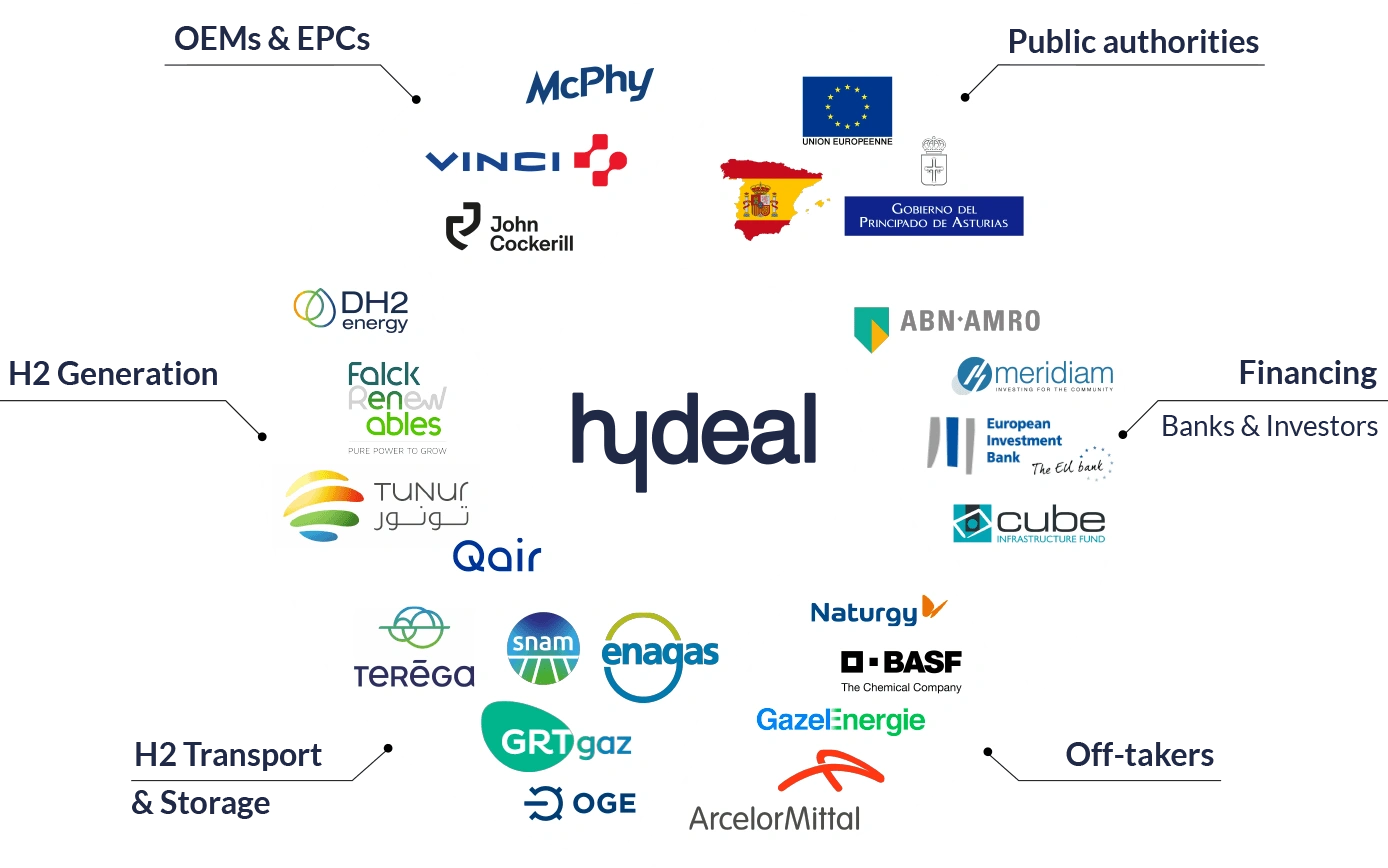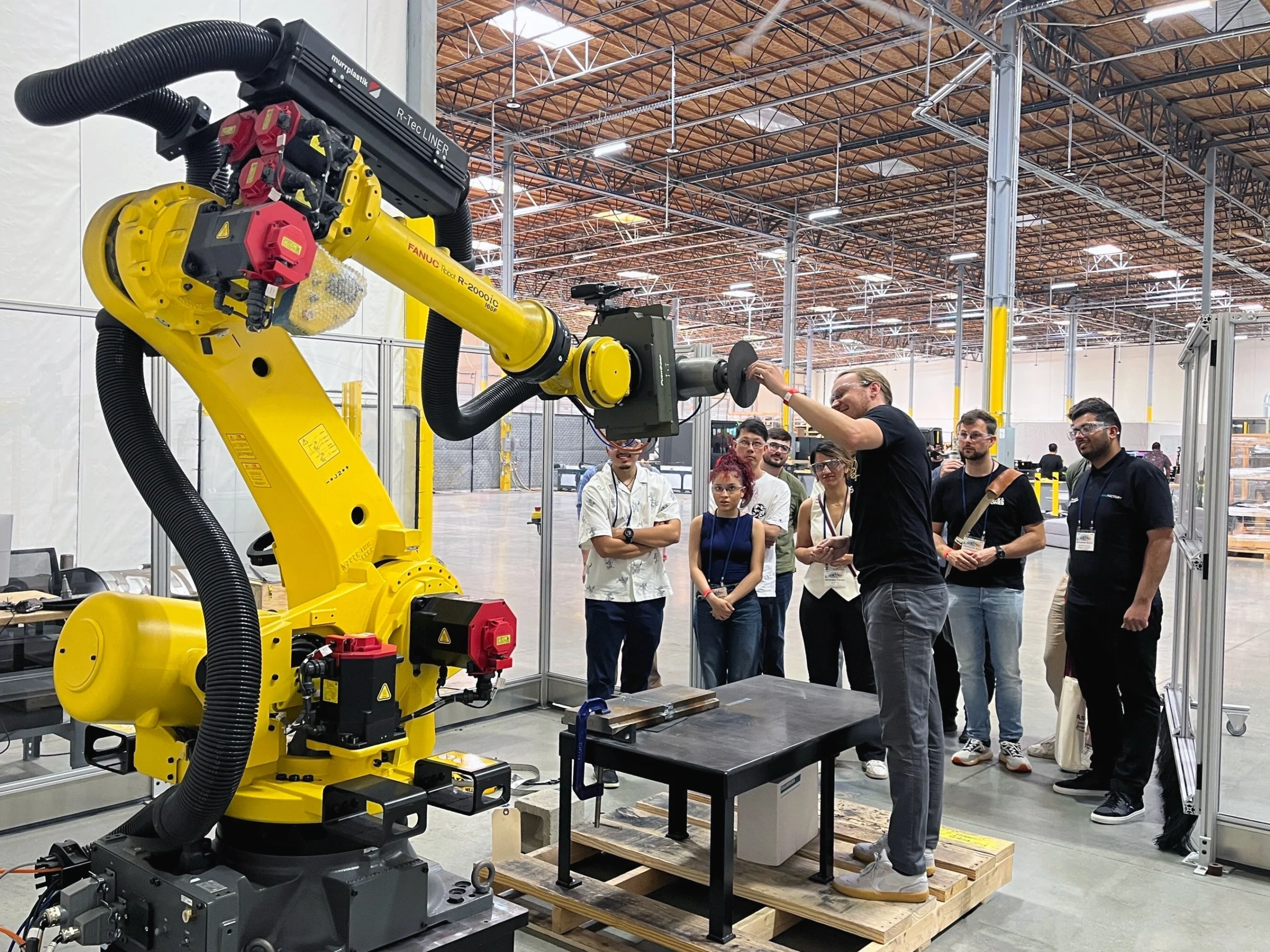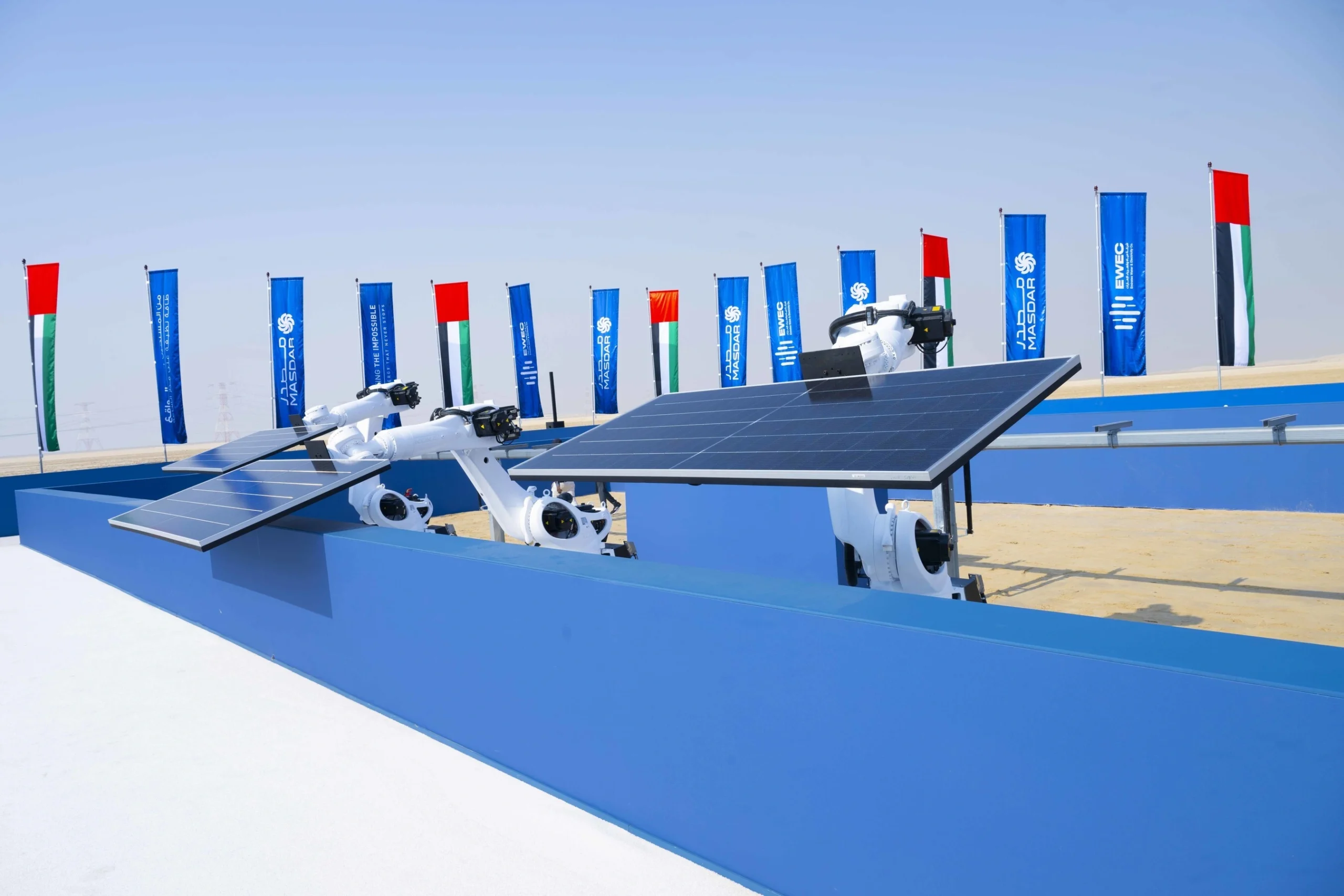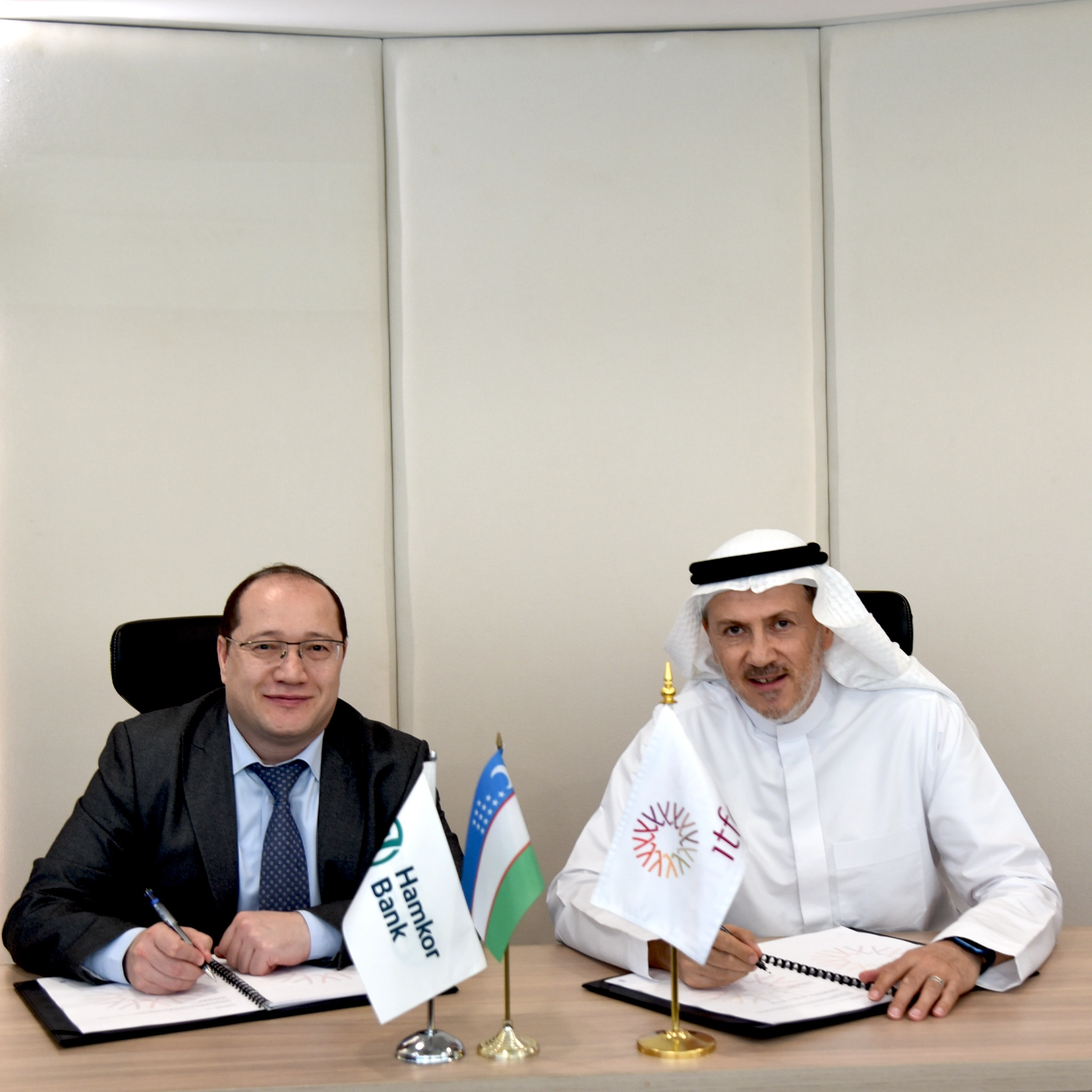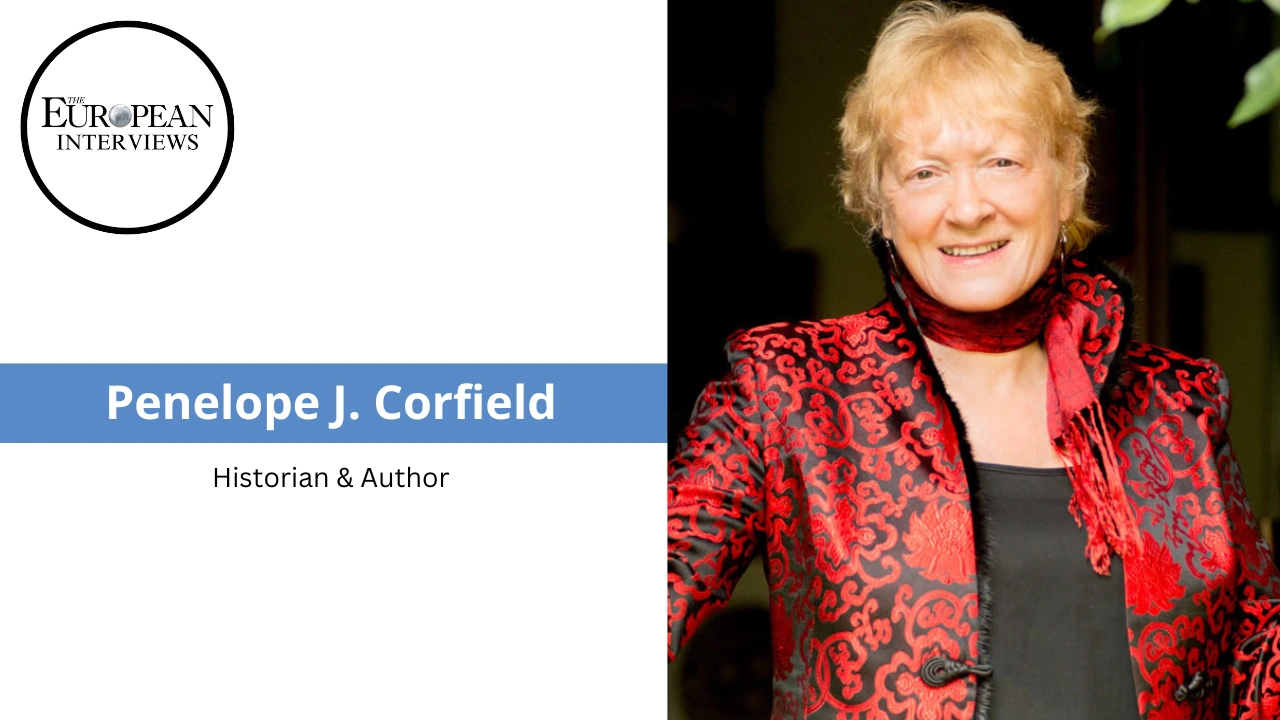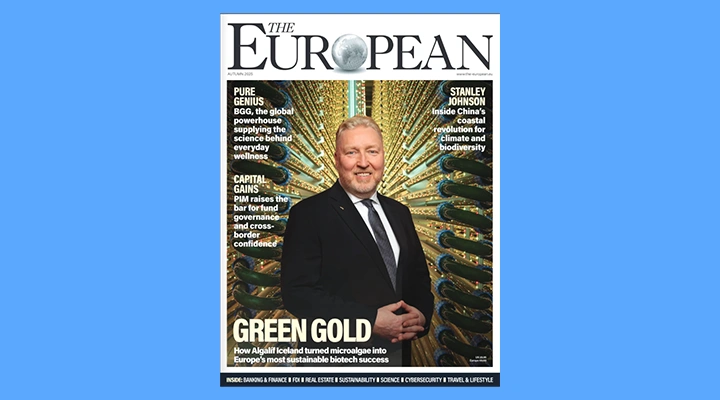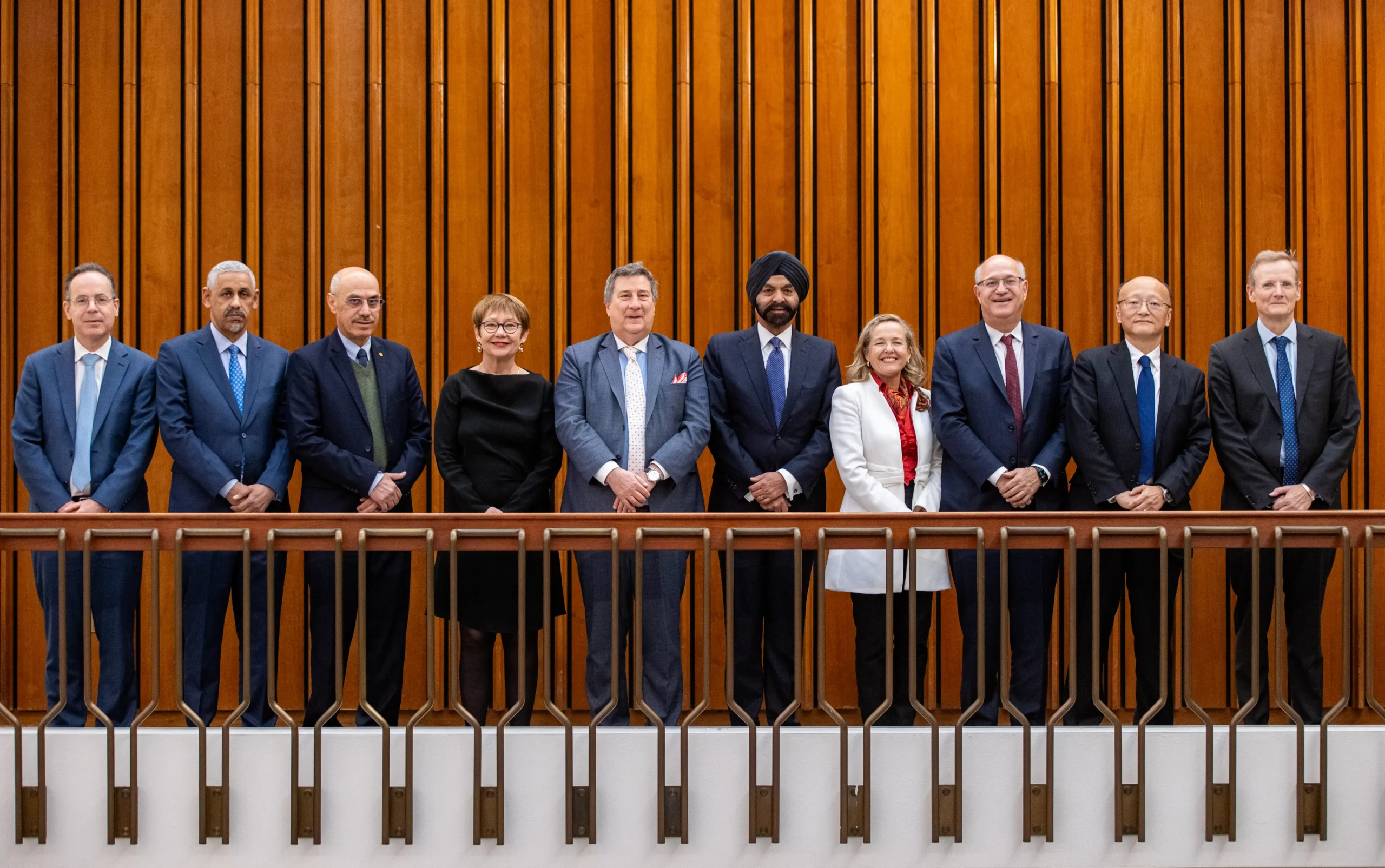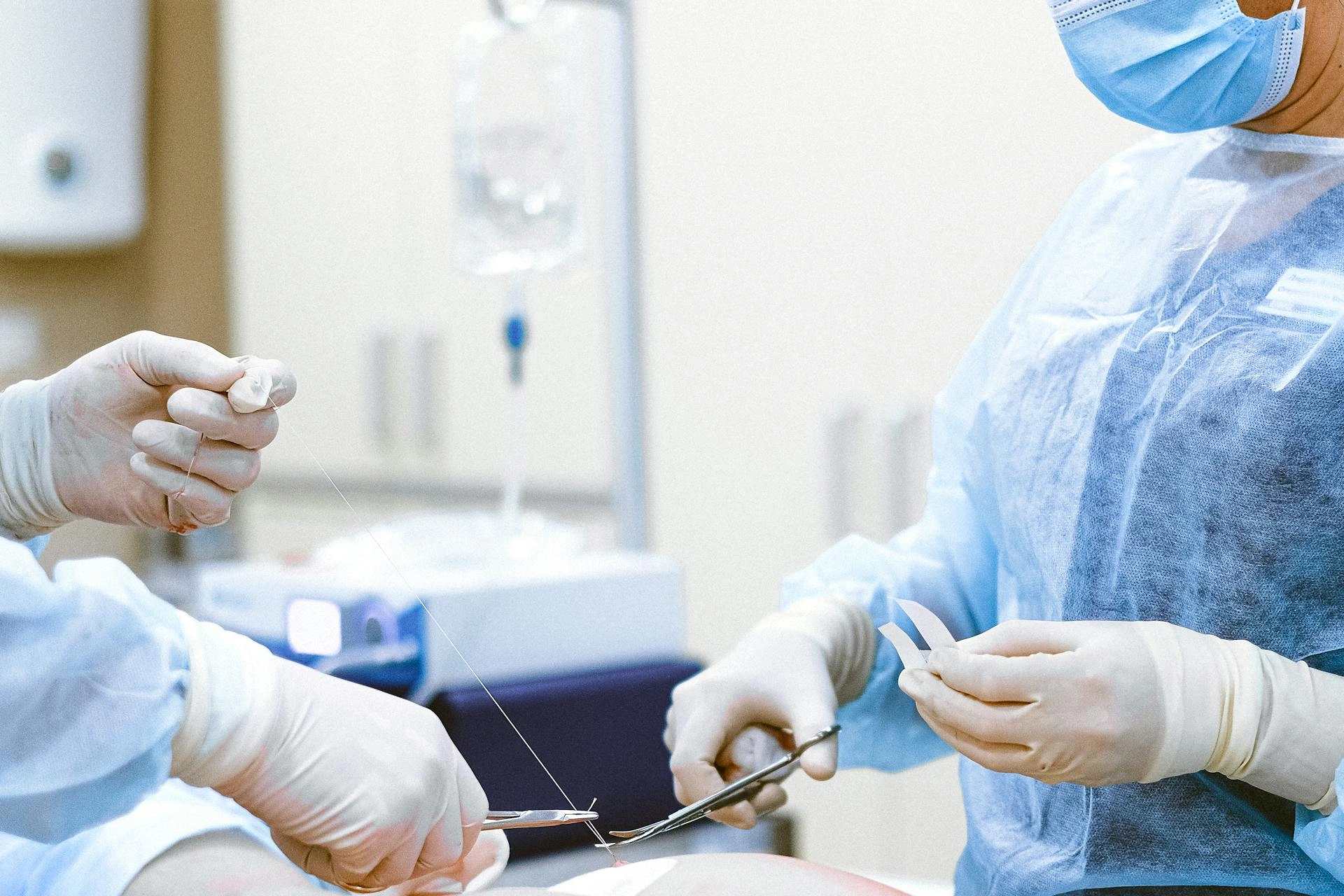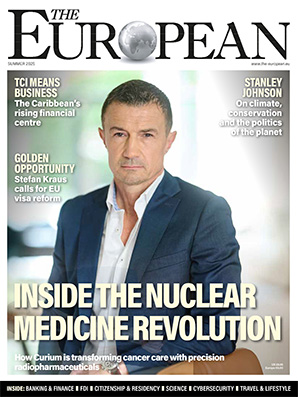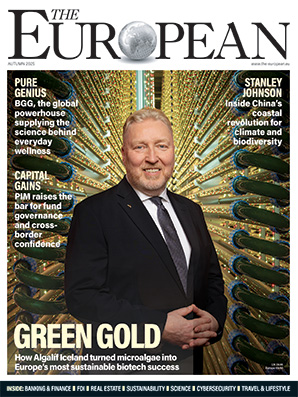The nuclear medicine breakthrough transforming cancer care

John E. Kaye
- Published
- Science, Technology

Curium already delivers diagnostic radiopharmaceuticals to more than 14 million patients a year. Now, with a development pipeline of therapeutic radiopharmaceuticals designed to destroy tumours from the inside out, it’s moving beyond disease detection and into fight potentially 80% of cancers. John E. Kaye meets its CEO Renaud Dehareng to understand how nuclear medicine is being deployed on the frontline of cancer care
Curium supplies the targeted radioactive compounds used to detect and diagnose cancer in more than 14 million patients each year, placing it at the heart of modern oncology. Yet for all its scale and influence, the company remains little known beyond the specialist circles that rely on its science.
But its low profile is unlikely to last. Armed with a development pipeline of radiopharmaceutical drugs that are specifically targeted to treat different types of cancer, the firm is emerging as a formidable new global force in cancer treatment.
In March, Curium acquired Monrol, a Turkish manufacturer of medical isotopes, in a move designed to expand both its production of cancer therapies and its capacity to support Positron Emission Tomography (PET) imaging, a technology used to detect how cancer is behaving inside the body.
The move marks Curium’s transition from a company producing diagnostic radiopharmaceuticals, where it is already a world leader, into full-scale cancer treatment. Its first clinical focus are patients with neuroendocrine tumours (NET), followed closely by patients with prostate cancer, but it has wider ambitions to target multiple tumour types with radiopharmaceutical drugs targeting cancer cells.
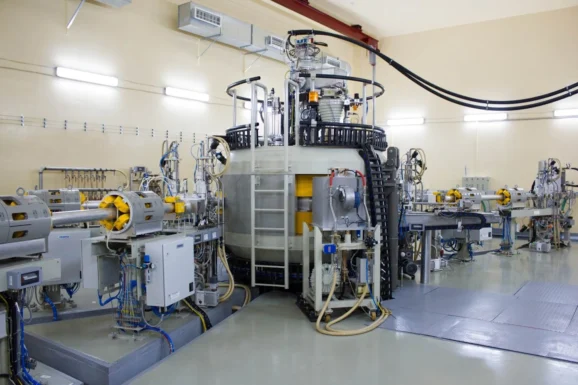
These treatments combine a radioactive particle with a molecule engineered to specifically target cancer cells. Once attached to the target, the drug delivers a precise dose of radiation directly into the tumour, minimising damage to surrounding tissue and other organs.
Unlike chemotherapy, which affects the whole body, or immunotherapy, which can lose effectiveness as tumours adapt, radiopharmaceutical drugs are designed to kill both the primary cancer cells and those surrounding them. The company believes this approach may improve survival rates while significantly reducing side effects.
Prostate cancer, which affects 1.5 million men annually and is the fourth most commonly diagnosed cancer worldwide, is a priority focus, but this is just the beginning. Curium sees this as a scalable platform for future therapies, starting with high-incidence, hard-to-treat conditions.
Curium’s role in nuclear medicine builds on decades of expertise. They are leading with important innovative breakthroughs to expand the scope and utility of nuclear medicine. In just the past decade, Curium has achieved breakthrough advances in the production of copper-64 leading to increased availability of precision NET diagnostics.
Treatments based on that work have since proven highly effective. “Now our talented teams are applying what we learned to develop therapies to help patients with prostate cancer and other diseases areas. It’s a great example of how science and technology can improve the lives of millions of patients in oncology,” Curium’s CEO Renaud Dehareng told me.
Founded in the 2015, Curium takes its name from the element curium, itself named in honour of Marie and Pierre Curie, the pioneers of radioactivity. Today, that legacy lives on in the form of highly specialised radioactive drugs, manufactured at speed and delivered with logistical precision. These drugs decay continuously, which means every hour counts — a challenge Curium is uniquely set up to manage.
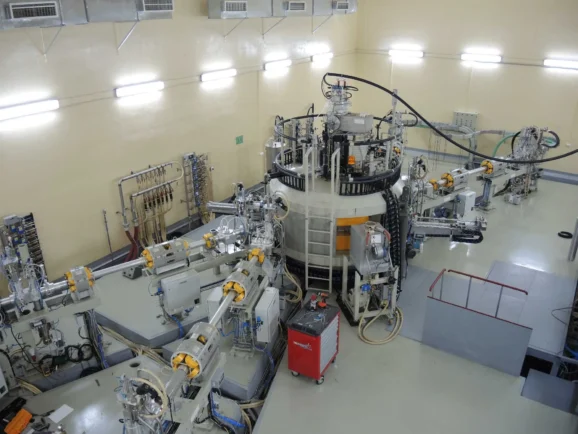
Few companies control both sides of the process: producing the radioactive isotopes and turning them into usable medicines. But Curium does both thanks to a network of cyclotrons — compact particle accelerators that generate short-lived isotopes — and radiopharmacies around the world that prepare and deliver the final drugs. This gives the company full control from manufacturing to hospital delivery and would not be possible without its 4000-strong specialist workforce.
“We offer the full value chain from molecule to market,” Dehareng explained, “and we are 100% dedicated to nuclear medicine.”
The process is tightly choreographed; if a single delivery route fails, due to a delayed flight, customs holdup or weather incident, the company’s teams have to find alternative transport fast. “We have some fantastic examples of where our team have succeeded in overcoming great odds to get our patients the medicine they need around the world,” Dehareng said.
Curium’s confidence is also being echoed in Brussels. Curium was closely involved in shaping the EU’s Beating Cancer Plan, which singled out nuclear medicine as the only treatment area mentioned by name. As part of the plan, the EU now aims to close gaps in supply and expand access to radioisotope-based therapies across Europe. “There is a huge amount of investment in this industry,” says Dehareng. “It’s no longer a side note — it’s a central part of the future of oncology.”
As a founding member of Nuclear Medicine Europe, the Brussels-based industry body advancing regulatory cooperation and supply resilience across the sector, the company is deeply embedded in shaping the future of radiopharmaceuticals. Its global headquarters are moving to Boston, Massachusetts, strategically placed between its European and American production hubs, and chosen, says Dehareng, for its access to top academic institutions and status as “the most advanced biotech hub in the world.”
The company reinvests 100% of its profits into research and development. That includes expanding its radiotherapeutic pipeline, developing new combinations of targeting molecules and isotopes, and preparing for a future where theranostics — the ability to diagnose and treat using the same molecular platform — becomes standard practice. “Science and technology are constantly innovating,” Dehareng explained, “and with that, the concept that we may be able to develop and deliver a range of products that can both diagnose and treat disease has got to be the ultimate solution.”
Despite its scale, Curium remains largely unknown to the public. Its products are typically delivered under generic clinical names, and most prescribing decisions are made without the patient ever hearing who manufactures the drug. “Physicians purchase a product by name and may not be aware of who produces and supplies it,” he added. “Many people don’t know that nuclear medicine exists — but prescribers and oncologists are very familiar with our products. Large, better-known pharmaceutical companies who do nuclear medicine are only delivering part of the value chain and are not 100% dedicated to nuclear medicine like we are.”
The nuclear medicine market is currently worth $5 billion, but it’s expected to grow sevenfold by 2033 — driven by clinical success, improved logistics, and rising global demand. Pharmaceutical giants that once left the sector are now racing to return. But Curium, having quietly built world-leading expertise and infrastructure, is already where others are trying to go. “The science speaks for itself,” Dehareng said. “And we’re ready for what comes next.”
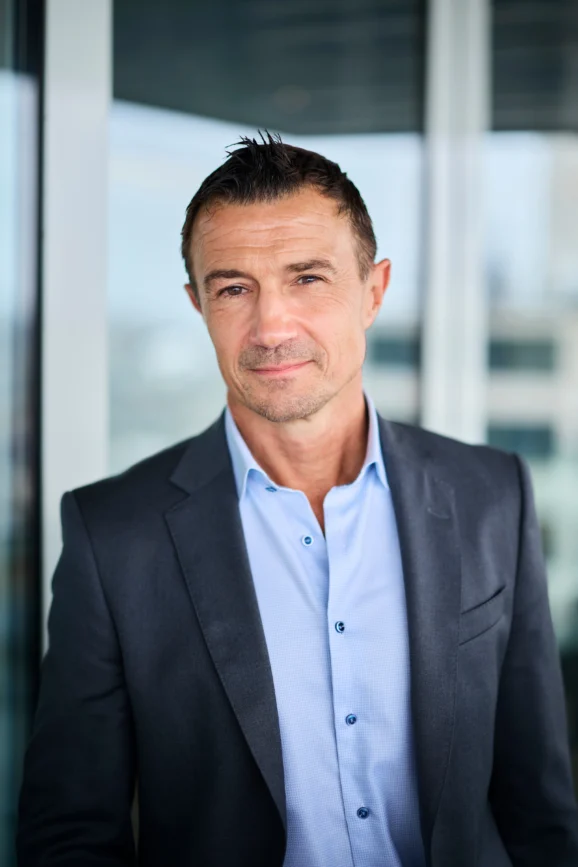
Further information
This article is published in partnership with Curium Pharma. For further information visit www.curiumpharma.com
Fact File
What is Radiopharmaceutical Therapy?
Radiopharmaceutical therapy, also called nuclear radiotherapy or radioligand therapy, uses radioactive drugs to kill cancer cells from within. A radioactive isotope is attached to a molecule that targets tumours. Once injected into the bloodstream, it travels to the cancer site and delivers a highly localised dose of radiation — destroying cancer cells while leaving healthy tissue largely untouched.
How is it different from traditional treatments?
Unlike chemotherapy, which affects the whole body, or standard radiotherapy, which uses external beams, this approach works internally and with far greater precision. It can also be combined with diagnostic imaging, in a method known as theranostics.
Where is it being used?
Radiopharmaceuticals have been used since the 1940s to treat thyroid conditions and are now widely used for neuroendocrine tumours. Advanced prostate cancer is the latest target, with other solid tumours in clinical trials.
What does a typical treatment involve?
Each treatment involves three parts: a radioactive isotope such as lutetium-177, a targeting molecule called a ligand, and a compound that carries the pair through the bloodstream. Because the isotopes decay quickly, the drugs must be made and delivered within hours — a complex logistical process that only a few companies worldwide can manage.
What is copper-64?
Copper-64 is an isotope with unique capabilities in positron emission tomography (PET) diagnostics. Prior to Curium’s work, copper-64 could only be produced locally in very small-scale batches limiting its reach to patients. In 2020, Curium launched its first copper-64 product, Detectnet, centrally produced in the United States, leading to increased availability of precision NET’s diagnostics in the United States. Curium is now focusing its copper-64 capabilities to help patients with prostate cancer, a disease where wider access to precision diagnostics is critical.
Sign up to The European Newsletter
RECENT ARTICLES
-
 Malta PM says future growth hinges on stronger higher-education system
Malta PM says future growth hinges on stronger higher-education system -
 Golden visa surge sets the stage for InvestPro Greece 2025
Golden visa surge sets the stage for InvestPro Greece 2025 -
 Germany bucks Europe’s high-growth surge as continent sees strongest expansion in five years
Germany bucks Europe’s high-growth surge as continent sees strongest expansion in five years -
 Women turning to entrepreneurship to fight age bias at work, study shows
Women turning to entrepreneurship to fight age bias at work, study shows -
 Lithuania launches ‘Investment Highway’ to cut major project approval times from three years to three months
Lithuania launches ‘Investment Highway’ to cut major project approval times from three years to three months -
 Islamic Development Bank and London Stock Exchange Group launch study on ‘development traps’ facing emerging economies
Islamic Development Bank and London Stock Exchange Group launch study on ‘development traps’ facing emerging economies -
 Europe’s HyDeal eyes Africa for low-cost hydrogen link to Europe
Europe’s HyDeal eyes Africa for low-cost hydrogen link to Europe -
 Complex questions still need people, not machines, researchers find
Complex questions still need people, not machines, researchers find -
 Study links CEO political views to recognition of women inventors
Study links CEO political views to recognition of women inventors -
 GrayMatter Robotics opens 100,000-sq-ft AI robotics innovation centre in California
GrayMatter Robotics opens 100,000-sq-ft AI robotics innovation centre in California -
 UAE breaks ground on world’s first 24-hour renewable power plant
UAE breaks ground on world’s first 24-hour renewable power plant -
 WomenIN Festival 2025 unveils expanded programme in partnership with FNB
WomenIN Festival 2025 unveils expanded programme in partnership with FNB -
 ITFC extends $30m financing to Uzbekistan’s Hamkorbank
ITFC extends $30m financing to Uzbekistan’s Hamkorbank -
 New £2.5 million Rolls-Royce Phantom marks model’s centenary
New £2.5 million Rolls-Royce Phantom marks model’s centenary -
 UK faces surge in major cyber attacks, NCSC warns
UK faces surge in major cyber attacks, NCSC warns -
 Historian warns climate denial is causing “immense harm” as humanity nears a “major crunch point
Historian warns climate denial is causing “immense harm” as humanity nears a “major crunch point -
 The European Autumn 2025 edition out now
The European Autumn 2025 edition out now -
 Study finds creative storytelling boosts confidence and career prospects for young people
Study finds creative storytelling boosts confidence and career prospects for young people -
 Global development banks agree new priorities on finance, water security and private capital ahead of COP30
Global development banks agree new priorities on finance, water security and private capital ahead of COP30 -
 South African students develop tech concept to tackle hunger using AI and blockchain
South African students develop tech concept to tackle hunger using AI and blockchain -
 Global startup expo enters final day in Dubai as Expand North Star marks a decade of innovation
Global startup expo enters final day in Dubai as Expand North Star marks a decade of innovation -
 Bleisure boom turning Gen Z work travel into ‘life upgrade’
Bleisure boom turning Gen Z work travel into ‘life upgrade’ -
 Automation breakthrough reduces ambulance delays and saves NHS £800,000 a year
Automation breakthrough reduces ambulance delays and saves NHS £800,000 a year -
 AI found to make people 15% more likely to lie, study warns
AI found to make people 15% more likely to lie, study warns -
 Global aerospace composites market to triple by 2034 as demand for lighter, greener aircraft accelerates
Global aerospace composites market to triple by 2034 as demand for lighter, greener aircraft accelerates







